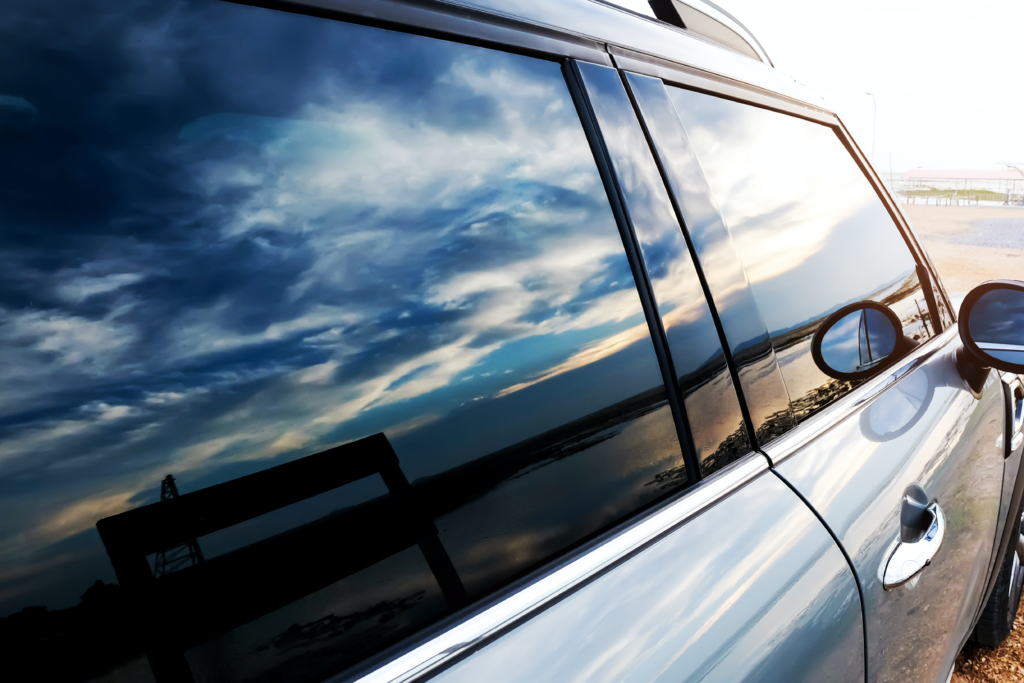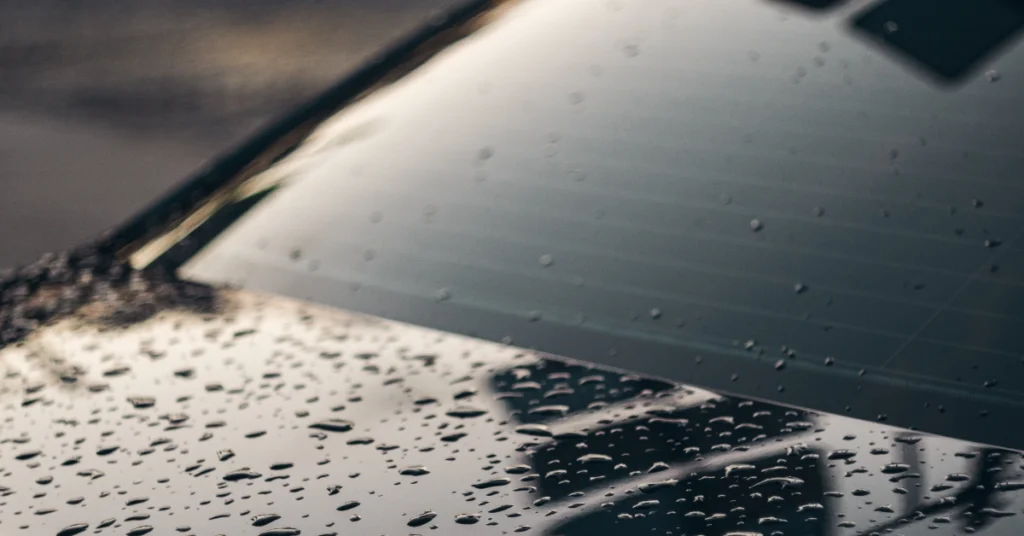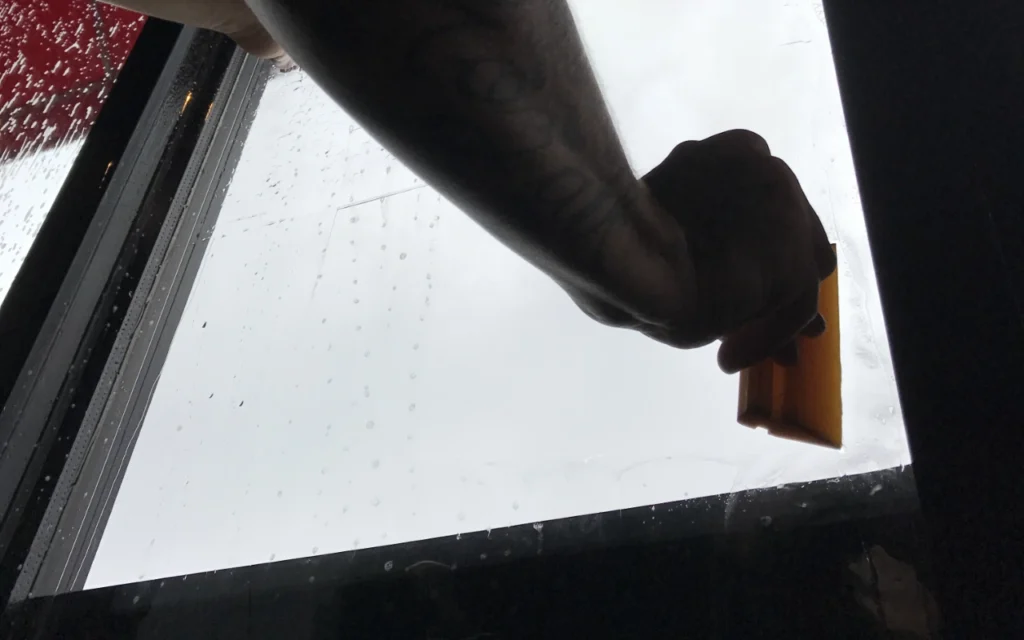
Automotive window tint has become increasingly popular in recent years, captivating car enthusiasts and casual drivers alike.
Why Window Tint Has Become So Popular
The allure of window film lies in its ability to transform a vehicle’s appearance, giving it a sleek and stylish visual appeal. Beyond the cosmetic, automotive window tint serves as a practical solution by blocking a significant amount of ultraviolet radiation, safeguarding both the vehicle’s interior and its occupants from the sun’s detrimental effects. With its multifaceted benefits, it is no wonder that automotive window tint has become a fascination for drivers seeking both style and functionality.
What Are the Different Types of Automotive Window Tint
Can I Tint Over Privacy Glass
Yes, since privacy or factory smoked glass is not a film, window tint can be applied over the top without any issues. Privacy glass measures around 22% to 28% VLT and although the glass itself blocks UVB and UVC radiation from the sun, it does little by itself against the UVA radiation. Applying window tint over privacy glass will affect the overall darkness. Consider applying a lighter shade to maximize your benefit from the heat and harmful UV rays without losing visibility.
Choosing the Best Window Tint for My Car
Functionality
What are you trying to achieve? Is heat reduction a must or are you looking to keep out prying eyes? Understanding what your needs are is the first step to choosing the right film for you.
Legal Restrictions
Every state has their own limitations on how dark or reflective installed window film has to be in order to be compliant. To see your states regulations, check out this list of window tint laws.
Cost & Quality
Budget may determine what window tint is best for your vehicle. As you venture into the higher-end ceramic window films, the cost increases along with the quality of the material.
Summary
Window tint has become more of a multipurpose product. Nowadays, customers are looking at what other benefits their film choice has to offer. With so many great product options available on the market today, in most cases, there isn’t really a bad choice. We recommend reaching out to a credible local installer and discussing your options.


